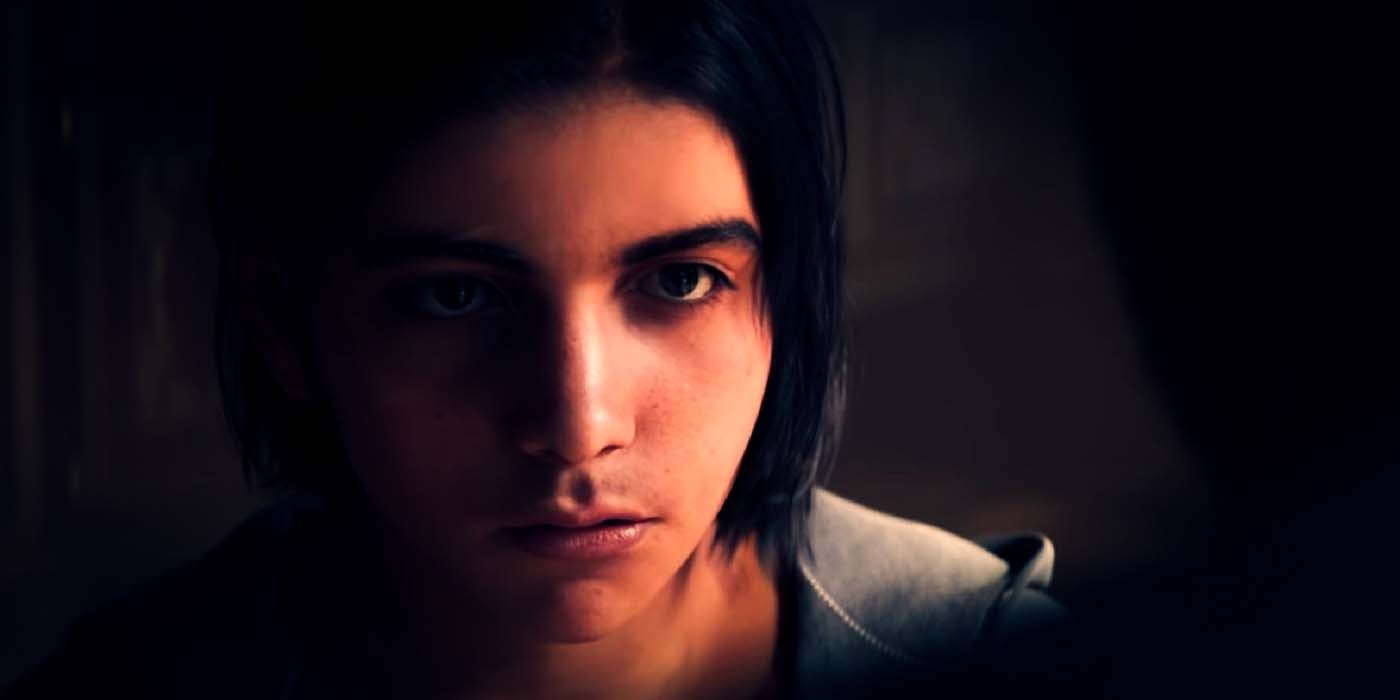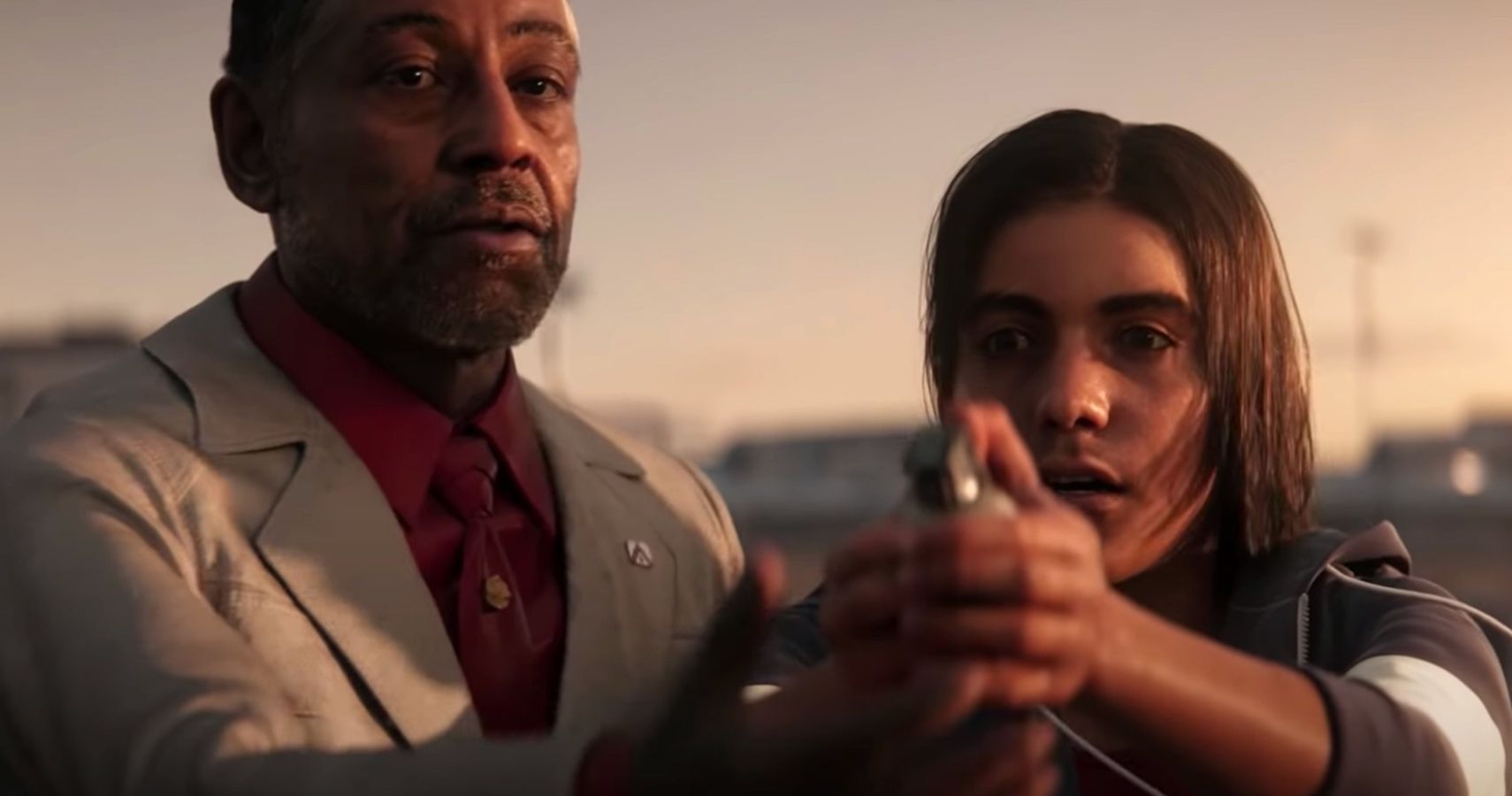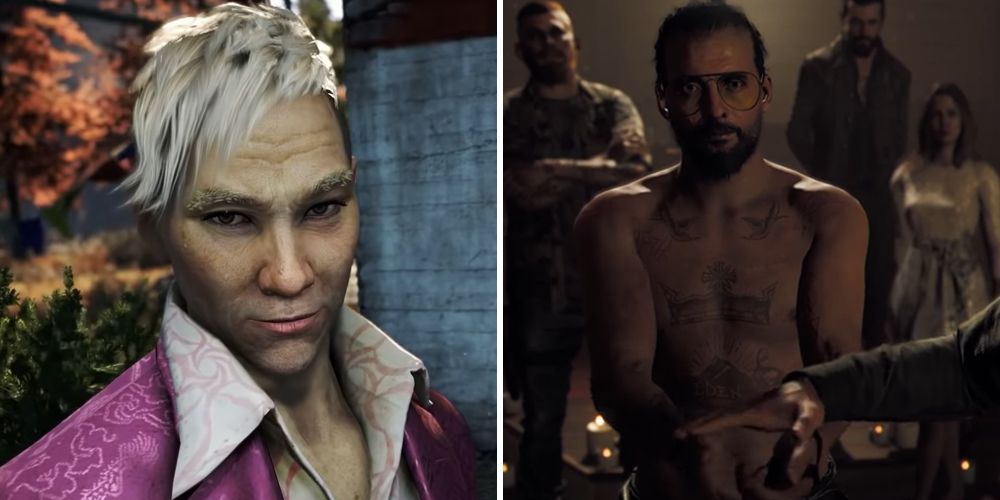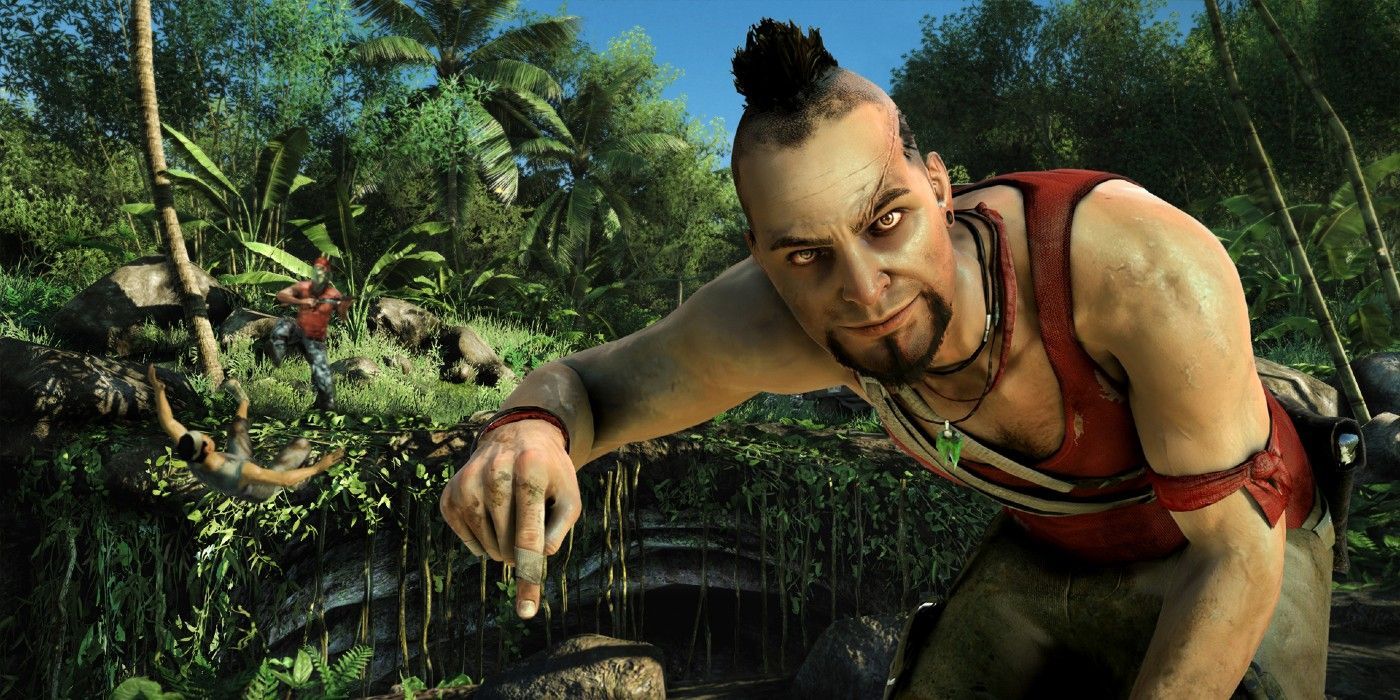After some delays due to the pandemic, Far Cry 6 is finally set to release this fall. It's much later than most titles in the franchise, but that's far from the only difference. Far Cry 6 is already quite different from past games, as Dani Rojas is not an outside like past titles, there is a major city in the game, and more.
However, the differences don't seem to stop at where and who the game presents but how. While the entire franchise has always been rated M for mature and dealt with adult themes, it seems that Far Cry 6 is much darker than its predecessors, at the very least much darker than Far Cry 4 or Far Cry 5.
Far Cry 6's ESRB Rating Highlights The Violence
Adult themes are no stranger to the franchise, which includes violent combat, suggestive material, and alcohol and drugs aplenty. However, the ESRB rating highlights how Far Cry 6 takes it a step further. It's worth mentioning that, in context, all of the following comes from a story told from the perspective of a resistance fighter going against dictator Anton Castillo, whose son Diego also plays a major role. Some of the madness highlighted by the ESRB rating includes various cutscenes that depict intense violence: severe torture of bound and cuffed characters, characters being executed by firing squads, a soldier committing suicide, and dismembered figures and limbs "amid pools of blood."
ESRB doesn't go too far into detail regarding the suggestive or sexual material in the game, but it does highlight one scene where a soldier is "role-playing with a fully clothed sex worker," as well as references to paying sex workers, addressing one or the other as "mama," and questioning safe words. Expectant curse words, drug packages, and more also appear throughout Far Cry 6, but obviously those pale in comparison.
If nothing else, the ESRB rating highlights the sheer brutality of the Castillo regime. It's hard to picture these scenes exactly yet, but at the same time, Far Cry 6 is dedicated to the politics of dictatorship and revolution. And dictatorships are known for their atrocities, violence, and controlling nature, which is all content that may highlight the aforementioned cutscenes. If nothing else, without gut-wrenching and manipulative violence like the above, it may not seem as authentic.
Far Cry 4 and Far Cry 5: Using Tone to Mask Madness
Indeed, authenticity to the atrocities at hand is something past games have manipulated. Outside the usual, for example, Far Cry 5 features suicide, mutilation, and corpses, but its ESRB rating putting a stronger emphasis on the amount of drugs and sex referenced in the game than it does these scenes. That's because, while the former is clearly violent, it's limited and masked with the game's more unconventional tone. At the end of the day, there's a mask of incredulity to anything players see because they think they're fighting a terribly uninformed group of cultists. The fact that Joseph Seed is right and the world does end just adds another layer of masking violence with the unbelievable.
In story structure, Far Cry 6 may be closer to Far Cry 4, as the latter similarly revolves around a dictatorship in another fictional country. Its ESRB rating has more of the same, but notably the discussed violence is mostly related to brutal killings and torture. It's far more limited, and that's because Pagan Min is far more eccentric than he is violent. His most violent acts, for example, come from a need for theatrics.
While the country may be amid a civil war, the two primary Far Cry 4 endings show that the country is no better regardless of who is in charge. If Ajay sides with Amita, the country becomes an Authoritarian drug state; if Ajay sides with Sabal, it becomes a patriarchal fundamentalist theocracy. In short, Far Cry 4 is a very gamified, no happy ending depiction of a dictatorship.
Far Cry 6 stands in contrast to it in this way. Based on the ESRB rating and trailers released thus far, Far Cry 6 seems much more serious and much darker than the past two games. It does remain to be seen of course, but players may not be able to doubt Anton's power as they did Joseph Seed's or question his mindset as they did Pagan Min's.
Far Cry 3 vs. Far Cry 6
If Far Cry 6 does indeed turn out darker than FC4 and FC5, that may beg the question of how it'll compare to Far Cry 3. Of FC3, FC4, and FC5, Far Cry 3 obviously has the darker plot. This is especially true when it comes to the endings, as Jason Brody may very well turn on everything and everyone for Citra. It's worth noting that Far Cry 3 is very much a story of the do-gooder character slowly succumbing to the madness around him and taking that madness and violence unto himself as the ultimate warrior.
This violence and madness very much go hand in hand and lead to the character's downfall. However, there is the hopeful choice that Jason leaves it all behind. For Far Cry 3, there is some hope in that darkness--despite the chaotic violence of Vaas, the organized violence of Hoyt, an the internal violence of them all.
Far Cry 3 celebrates madness and violence, while thus Far Cry 6 only seems to perpetuate it. It remains to be seen which story is darker, but the approach is markedly different. Far Cry 3 was a trapped-on-an-island celebration of all things violent and mad, like Vaas, but it did have a more romanticized ending that players may opt in to. It doesn't have to end in death. While it remains to be seen how Far Cry 6 handles its violence, it doesn't seem like it's a game with a happy ending and one filled with hope. Again, it could be that, in Diego, there is hope for the country. Resistance movements often surround hope too, but up against the Castillo regime, it may take more than hope to end the conflict.
Far Cry 6 releases October 7 for Luna, PC, PS4, PS5, Stadia, Xbox One, and Xbox Series X.
Source: ESRB




